When we think of a typical Dungeons & Dragons adventure, what comes to mind are scenes of might, magic, and — well, dragons. But some dangers are not creatures that can be slain. With the upcoming release of Van Richten's Guide to Ravenloft, let's discuss ways to attack your player characters' minds using psychological horror.
First things first: speak to your players
A session zero is designed to have all of the players sit down with one another to discuss what they would like and not like to experience in the upcoming adventure. When it comes to horror, setting storytelling boundaries is important. A player might be uncomfortable with body horror but enjoy folk horror, which explores themes such as paranoia and superstition. Knowing this, you can shape an adventure that can terrify and thrill your players.
The lines between different types of horror can blur. But in general, these are the types of horror and themes outlined in Van Richten's Guide to Ravenloft:
| Type of horror | Example themes |
| Body horror | Physical transformation, anthropomorphism, body swapping |
| Cosmic horror | Alien forces, loss of reality, cults |
| Dark fantasy | Antiheroes, evil in positions of power, moral ambiguity |
| Folk horror | Superstition, lost truths, hidden traditions |
| Ghost stories | Mortality, ancestry, paranormal |
| Gothic horror | Tainted humanity, intense emotions, sense of dread, sacrifice |
| Disaster horror | Societal collapse, region- or world-changing ruin, cannibalism |
| Occult detective stories | Paranormal, noir, supernatural forces |
| Psychological horror | Unreliable narration, paranoia, lost sense of reality |
| Slasher horror | A relentless and nearly unstoppable killer, grisly details |
Ways to bring psychological horror to your game
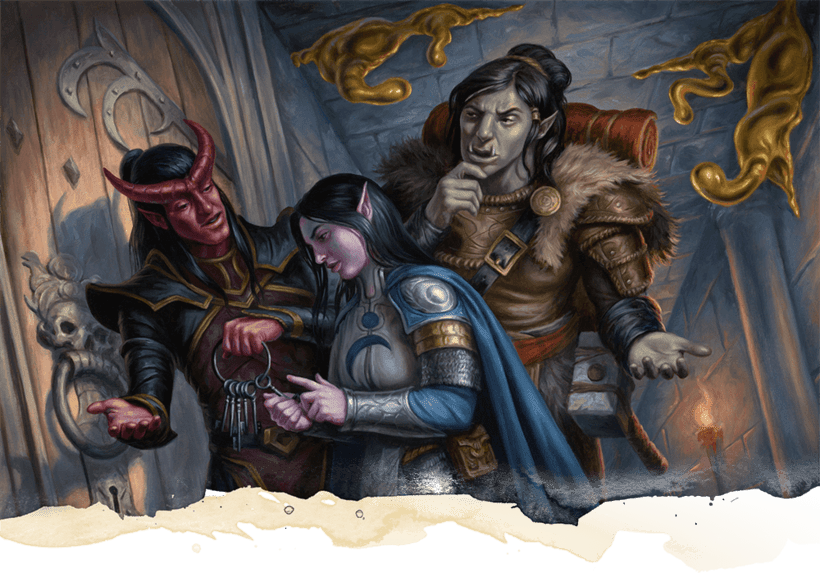
Take your player characters into a nightmare
When it comes to psychological horror, one way to spook your players is by having them lose confidence in whether their characters are experiencing reality or something else. One way to do this is by taking your player characters into a nightmare. When your player characters take a long rest, you can narrate them waking up in the exact same location that they fell asleep in, but then provide hints that something is off. It can be subtle or overt.
For example, they might leave their room in a tavern and find themselves in an endless hallway. They’ll quickly learn that each door opens into a terrifying memory from a player character’s past. Encourage roleplay by asking each of the players to narrate what their characters witness and how their characters respond.
Here are ways to stress your player characters trapped in a nightmare:
- Take ordinary objects and add a twist: Paintings that subtly move on their own, dolls that move or speak when in the dark, humanoids acting normally despite having mortal wounds
- Turn normally beloved things into something sinister: Enormous babies with insatiable appetites, whispering winds that drown the mind in doubts and fears
- Create dangers far beyond their capabilities: Rooms that fill with a black viscous liquid, a horde of shadows that claw their way forward, an invisible force that crushes anything it comes in contact with and that ceaselessly follows the player characters.
Escaping the nightmare
While in the nightmare, player characters should not be allowed to leave without interacting with their environment. But you should drop hints on how to escape. Perhaps an NPC they encountered the previous day repeated a particular phrase that actually describes a room the player characters must find to discover an exit.
The longer the player characters take to escape, the worse their situation should become. Be open to alternative solutions, however, and be clear that there is an exit. If the players discover that you’ve thrown them in an unwinnable scenario, their motivation to escape could plummet.
I enjoy placing escape routes that are counterintuitive, such as jumping into a “bottomless” pit or doing the exact opposite of what NPCs tell them to do. The solution is most effective if it is something that is hidden in plain sight yet the last thing they might think of.
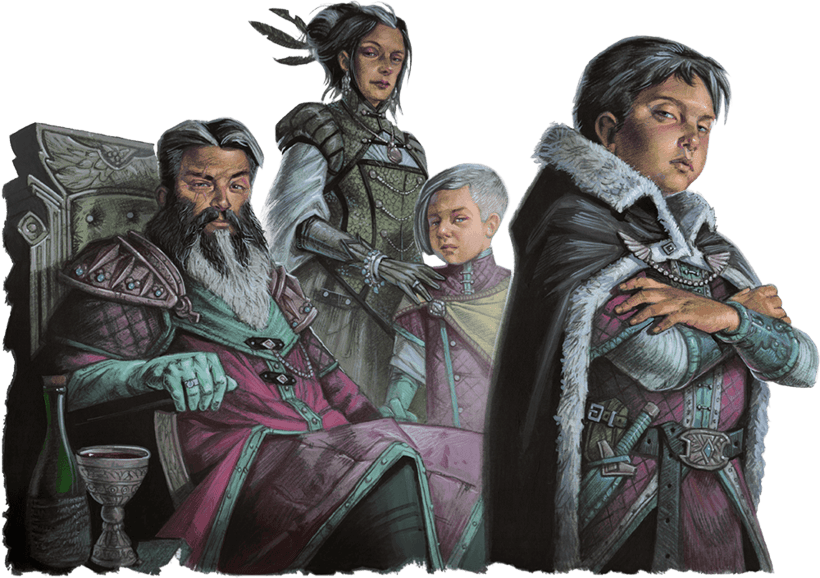
Turn ally NPCs into secret antagonists
You don’t need to throw your player characters into a nightmare to terrorize them. Deception and misdirection can lead your player characters to question everything. Aspects of the environment should be off-putting but not enough for the party to whip out their weapons.
For example, a doomsayer who is dressed in ragged clothes, smells horrible, and is erratic could warn that there is a conspiracy that a cult runs the town and that the only way to stop them is to destroy a beloved statue to a good-aligned god. Hearing something so outlandish, your adventurers would likely be skeptical, especially if you have a trusted NPC who downplays the warnings.
As the adventure progresses, throw hints that something is wrong. A perceptive player character might notice that the statue has changed positions overnight. Upon sharing this information with others, however, they would discover that the statue doesn't appear to have moved at all. Or the town mayor, who is typically kind and often smiling, could say something jarring and out of character. When asked to repeat themself, the mayor could say something that sounds similar but is entirely reasonable.
Leave your player characters no hard evidence that could prove their sanity. If a player character decides to be rash and make a scene, have the town guard respond reasonably. Your goal is to make the player characters feel out of touch with reality. This constant strife will slowly chip away at the securities of the party until they accept that they are mere flies caught in the web of a deadly spider that has yet to strike.
Here are ways to get your player characters to question their reality:
- Fill the tavern or town with enemies pretending to be allies who always watch the heroes: This will strip the party from the only traditional refuge they have, introducing a feeling of vulnerability.
- Make the neutral or outright evil characters the true allies: A necromancer might try and assist the party in an abrasive manner that gets rejected initially because of their unsavory reputation. In a moment when the party needs aid, the necromancer could return as a potential ally.
- Make the most unassuming or charismatic NPCs the true threat: The fair maiden who begs for help at the start of the adventure could in fact be a vampire trying to lure victims to a dark place where she can feed on them. A sweet old man who needs help clearing out a local band of goblins could have needed their corpses for a ritual.
Discovering the deceivers
The player characters will need to be strategic in discovering and stopping the enemies hiding in plain sight, lest the entire community rise up against them. This could involve infiltrating the town guard that secretly kidnaps victims for sacrifices or searching the town mayor's estate for clues that reveal he's one of several doppelgangers in the area.
Your player characters might choose to simply escape the area, deciding that evil has dug its roots too deep for them to be of any aid. Consider the ramifications of this go this route. For example, the cult might succeed in summoning a devil or the doppelgangers might expand their reach to other settlements.
Adding in-game complications to your adventure
The Dungeon Master’s Guide has a section dedicated to short-term madness, long-term madness, and indefinite madness. The effects of madness can range from becoming paralyzed to being unable to speak normally. The length of the effect is determined by the roll of a 1d10 for short- and long-term madness. These tables can also serve as inspiration for complications your player characters could face when interacting with horrors.
Short-Term Madness
| d100 | Effect (lasts 1d10 minutes) |
| 01-20 | The character retreats into his or her mind and becomes paralyzed. The effect ends if the character takes any damage. |
| 21-30 | The character becomes incapacitated and spends the duration screaming, laughing, or weeping. |
| 31-40 | The character becomes frightened and must use his or her action and movement each round to flee from the source of the fear. |
| 41-50 | The character begins babbling and is incapable of normal speech or spellcasting. |
| 51-60 | The character must use his or her action each round to attack the nearest creature. |
| 61-70 | The character experiences vivid hallucinations and has disadvantage on ability checks. |
| 71-75 | The character does whatever anyone tells him or her to do that isn’t obviously self-destructive. |
| 76-80 | The character experiences an overpowering urge to eat something strange such as dirt, slime, or offal. |
| 81-90 | The character is stunned. |
| 91-100 | The character falls unconscious. |
Source: Dungeon Master's Guide
Curing MadnessA calm emotions spell can suppress the effects of madness, while a lesser restoration spell can rid a character of a short-term or long-term madness. Depending on the source of the madness, remove curse or dispel evil and good might also prove effective. A greater restoration spell or more powerful magic is required to rid a character of indefinite madness.
Go forth, and terrorize your player characters!
Players will be excited to see how their characters will react to a terror-themed adventures! Being unable to merely fireball your problems away can lead them to work together to find more complex solutions. Horror doesn’t have to gory. But it should create lasting tension and occasionally make your players do a double-take.
But again, when exploring horror at your table, it's important that your players feel comfortable with the themes you'll explore. Check in with your players on occasion and be prepared to skip grisly descriptions or alter ideas you had in order to maximize fun at your table.
Van Richten's Guide to Ravenloft is available for preorder now in the D&D Beyond Marketplace! All preorders come with digital dice, as well as character themes, frames, and backdrops!
DeAngelo Murillo is a fourth-generation Mexican-American who helps bring more representation to the geeky community through storytelling, journalism, interviewing creatives, and more on his Twitch channel. In his free time, he enjoys harassing his peers into participating in TTRPG charity events with him and also dies quite often in video games.“








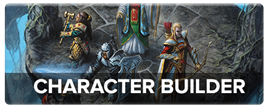
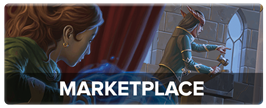
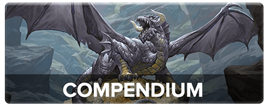
-
View User Profile
-
Send Message
Posted May 12, 2021This is perfect for a Domain of Dread I'm working on. Also, first.
-
View User Profile
-
Send Message
Posted May 12, 2021Terrifying. I'll hope my DM never sees this!
-
View User Profile
-
Send Message
Posted May 12, 2021This sounds somewhat, WV-ish, oh, look a small imperfection in reality, maybe somethings aren't making sense. Maybe end with climactic fights between copies of the characters as the town falls apart around them.
-
View User Profile
-
Send Message
Posted May 12, 2021Great! This advice is perfect for an upcoming chapter of my campaign.
-
View User Profile
-
Send Message
Posted May 12, 2021Nice! I usually go for some horror in my games, but never really psychological. I usually stick to scary, creepy enemies that do terrible things. The single most terrible, terrifying thing I've had a monster do in a game was when I had a hag kidnap the character's beloved 10-year-old NPC, Nelli. They were just running through the forest screaming her name and not knowing if Nelli had been eaten, was being held hostage, or something worse. Probably also the meanest thing I've done as a DM as well.
-
View User Profile
-
Send Message
Posted May 12, 2021Really liked the table near the beggining, I'll show this to my DM for our dark fantasy campaign- though I doubt he'll need it.
-
View User Profile
-
Send Message
Posted May 12, 2021Some excellent thought leadership in this article. This helps frame the forthcoming VRGtR. Nice work.
As a side note, I think WoTC may be treading an insensitive line concerning mental illnesses when it comes to describing "madness." Hopefully they understand this mistake soon and make corrections.
-
View User Profile
-
Send Message
Posted May 12, 2021How to terrify your players in just a few words:
"What is your passive perception?"
"How many hit points do you have?"
"Make an intelligence saving throw."
-
View User Profile
-
Send Message
Posted May 12, 2021Just a suggestion, maybe DDB should start making articles where the writers look at fan-made homebrew stuff that fit certain themes, and also doing surveys on what needs to be added to the DDB homebrew maker, such as table inserters that actually work and are easy to access.
-
View User Profile
-
Send Message
Posted May 12, 2021These new articles have been *slapping chickens* outta the barn lately. Keep it up!
-
View User Profile
-
Send Message
Posted May 12, 2021Lol I am a dm looking to mess w/ my players!
-
View User Profile
-
Send Message
Posted May 13, 2021I’m definitely going to add this to my campaign!
-
View User Profile
-
Send Message
Posted May 13, 2021"Roll initiative"
-
View User Profile
-
Send Message
Posted May 13, 2021"Roll initiative"
-
View User Profile
-
Send Message
Posted May 13, 2021What is with you people and feeling the need to state that you were the first to comment on something? There really is no point at all.
-
View User Profile
-
Send Message
Posted May 13, 2021Who are you calling "you people"? Oh. Yes, you're correct.
-
View User Profile
-
Send Message
Posted May 13, 2021Pretty sure they just released a whole survey asking for feedback like this. Maybe put it there?
-
View User Profile
-
Send Message
Posted May 13, 2021Horrifying! Also: ohhh snap.
-
View User Profile
-
Send Message
Posted May 13, 2021Actually did something like this, had a nightmare myself one day and used it's occupant on my players.
I've never had them as scared as with that.
I've also let them choose to fight or flee the scene, they chose the latter and moved out of the country.
3 years later said country is now taken over by demons, who are throwing their armies against the last defenders in their fortress. (Which is where I'll have a new group start.
-
View User Profile
-
Send Message
Posted May 13, 2021" You lack in silver powder ( to ress your friends ) but, you only have 1 silver coin. So, what do you gonna do ?? "